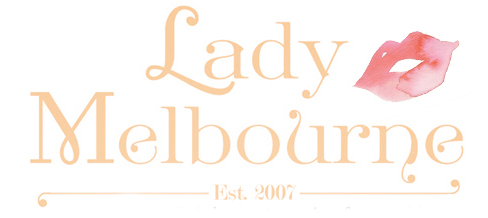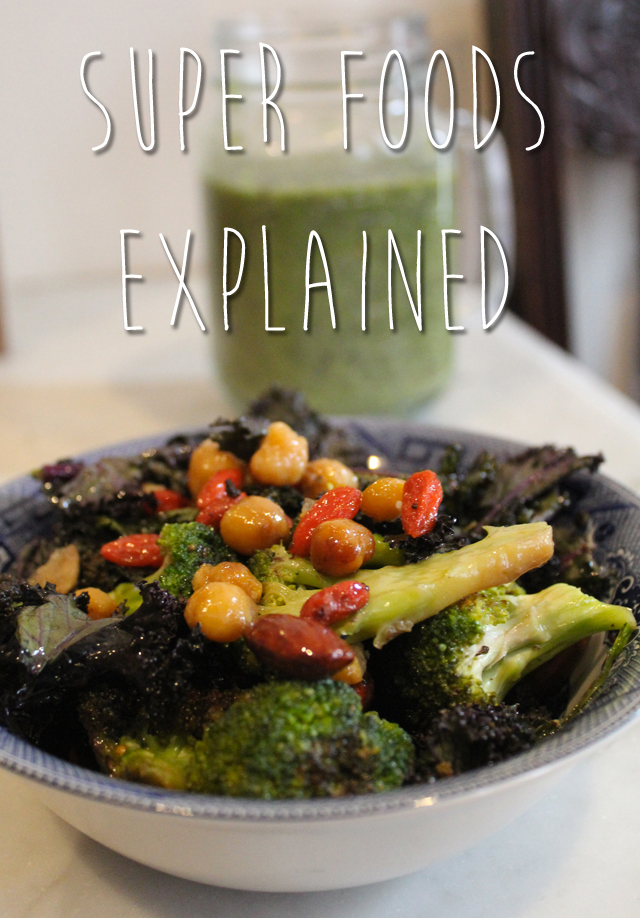It’s beyond ‘a trend’ when you can buy what were once obscure seeds in the aisles of your local supermarket, and celebrity chefs promote activated almonds as part of your everyday diet. Superfood it seems, is here to stay.
So where do you begin?
Personally, I jumped on the bandwagon about a year ago…and what a learning curve it was!
Turns out, Superfood is actually a marketing term and not one that is commonly used by dieticians. So it’s worth noting that before you even begin a #cleaneating campaign, a lot of what you see is simply marketing.
Of course there are foods with remarkable properties that we should be eating daily, but just be wary of processed food that makes a claim to be ‘super’.
Here’s what MedicineNet.com tells us:
So-called superfoods may have an unusually high content of antioxidants, vitamins, or other nutrients. Examples of health promoting foods that have been referred to as superfoods include: soy, blueberries, salmon, green tea, walnuts, broccoli, and spinach. It is important to note that there is no accepted medical definition of a superfood.
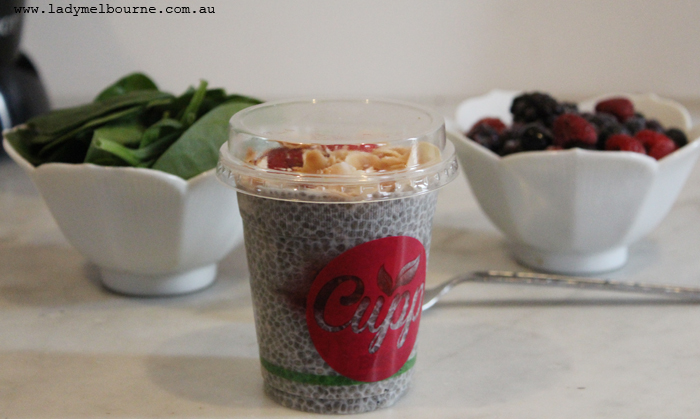
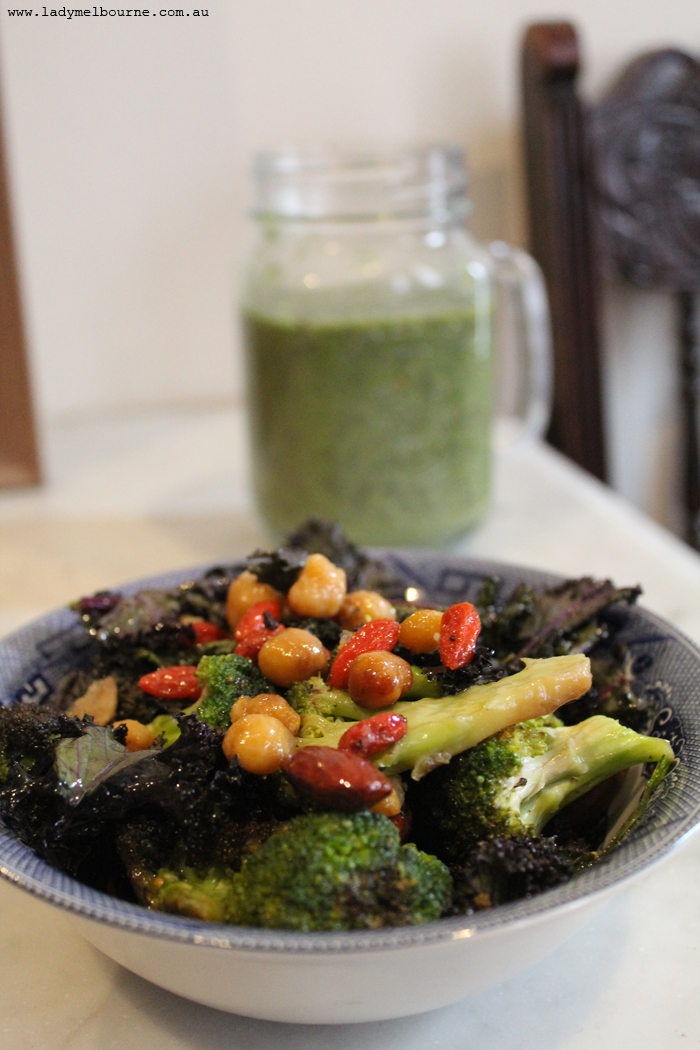
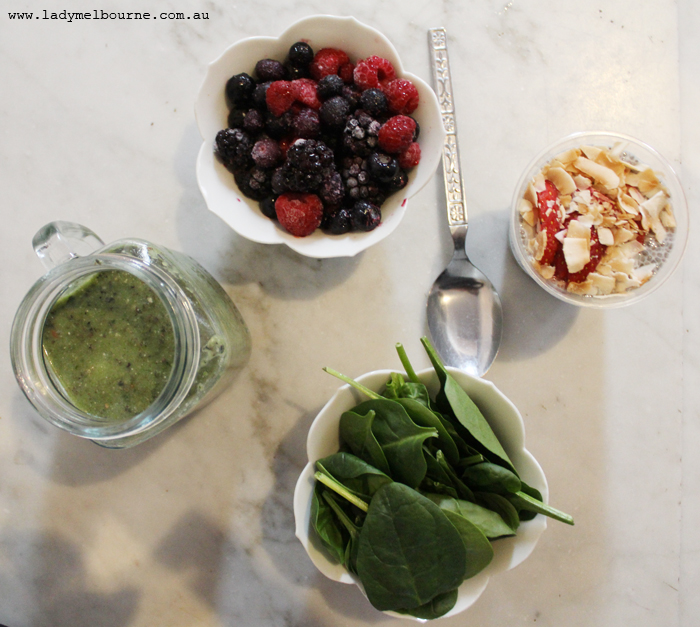
Things like berries, spinach, salmon and green tea should be relatively inexpensive and readily available. Depending on where you live, things like spirulina, chia seeds and chlorophyll might be found in health food stores.
What I would suggest is that you shop around, because if I’ve learned one thing it’s that anything labeled with the tag ‘superfood,’ usually attracts a higher price.
Coconut water which is commonly used in green smoothies does not have the high nutrient content of say, chia, but gets lumped into the category and I’ve seen it for sale for as much as $11 for two liters. IT’S COCONUT WATER.
The other thing I’ve learned while trying to incorporate nutrient rich food into my diet in an everyday sense, is that you should choose what works for you. If you already eat a lot of collard greens, you might not need spirunlina for example. There’s no need to eat something, ‘just because.’
Eating well is simple and easy, so ignore the hype, buy simple nutrient rich food that suits your lifestyle and don’t pay a fortune for it.
That’s my two cents worth!
